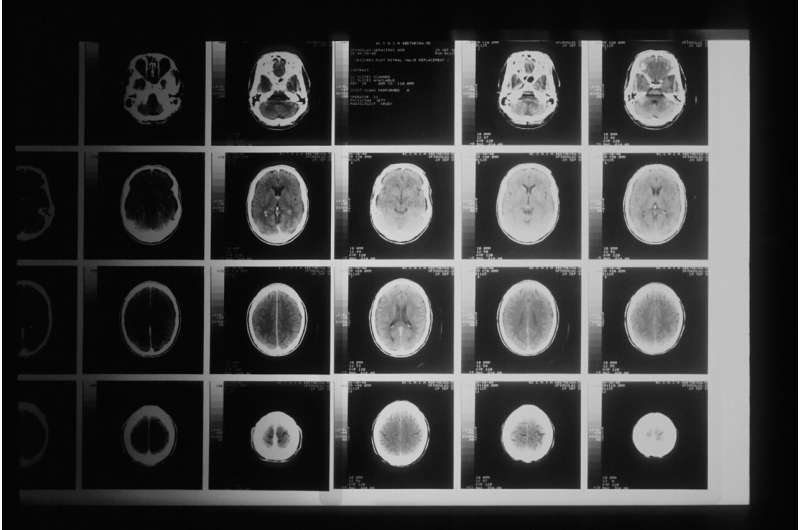Revolutionary MRI Technique Predicts Cardiovascular Events a Decade in Advance

A new study reveals that MRI scans measuring heart ventricular mass can predict cardiovascular risk ten years before symptoms appear, enabling early preventive strategies.
Recent research from the University of Dundee has unveiled a groundbreaking method to identify individuals at risk for cardiovascular disease up to ten years before experiencing any symptoms. By utilizing MRI scans to measure the mass of the heart's left ventricle, researchers found that even in the absence of current organ dysfunction, increased ventricular mass can serve as a powerful predictor of future cardiovascular events such as heart attacks and strokes.
The study analyzed data from over 5,000 volunteers, all above 40 years old and free from prior cardiovascular disease. Out of these, 1,528 participants underwent MRI scans, which revealed subtle yet significant differences in heart structure linked to future health risks. Specifically, in men, a larger left ventricle was associated with diastolic blood pressure—within the upper normal range—while in women, higher cholesterol levels correlated with an increase in ventricular mass.
Professor Jill Belch, a leading researcher, emphasized the importance of these findings: "This is an exciting development because it enables early detection of risk factors that are often overlooked within normal ranges. Importantly, this MRI-based marker can identify individuals at risk well before overt disease manifests, allowing for preventive interventions."
Cardiovascular disease encompasses conditions caused by narrowed or blocked blood vessels, including heart attacks, strokes, and heart failure. Common risk factors include smoking, obesity, poor diet, and insufficient exercise, as well as genetic predispositions. Traditionally, high blood pressure and high cholesterol are used as indicators for early intervention. However, this study suggests that even normal-range measures, when combined with MRI findings, can reveal hidden risks.
The MRI examination offers a simple, accessible way to screen for early cardiovascular risk in asymptomatic individuals. Detecting increased ventricular mass can lead to early lifestyle modifications or medication, such as statins, particularly in women, to manage cholesterol levels. For men, controlling diastolic blood pressure becomes a key focus.
The research team, part of the TASCFORCE initiative, collected data over several years, starting in 2008. The participation of volunteers was instrumental in uncovering these early markers, highlighting the importance of large-scale, long-term studies. The findings suggest a paradigm shift in how preventive cardiology can be approached, emphasizing early detection prior to organ damage.
Overall, this innovative use of MRI technology can significantly enhance cardiovascular risk assessment and save countless lives through timely, preventive care.
Stay Updated with Mia's Feed
Get the latest health & wellness insights delivered straight to your inbox.
Related Articles
How Breast Milk Shapes Infant Immune Development and Gut Health
New research reveals that breast milk IgG plays a vital role in calibrating infant immune responses to gut bacteria, promoting long-term gut health and immune tolerance.
New Cellular Mechanism Discovered That Could Lead to Innovative Parkinson's Disease Treatments
A new cellular mechanism has been discovered that could lead to innovative therapies for Parkinson's disease by enhancing mitophagy, the cell's mitochondrial cleanup process.



